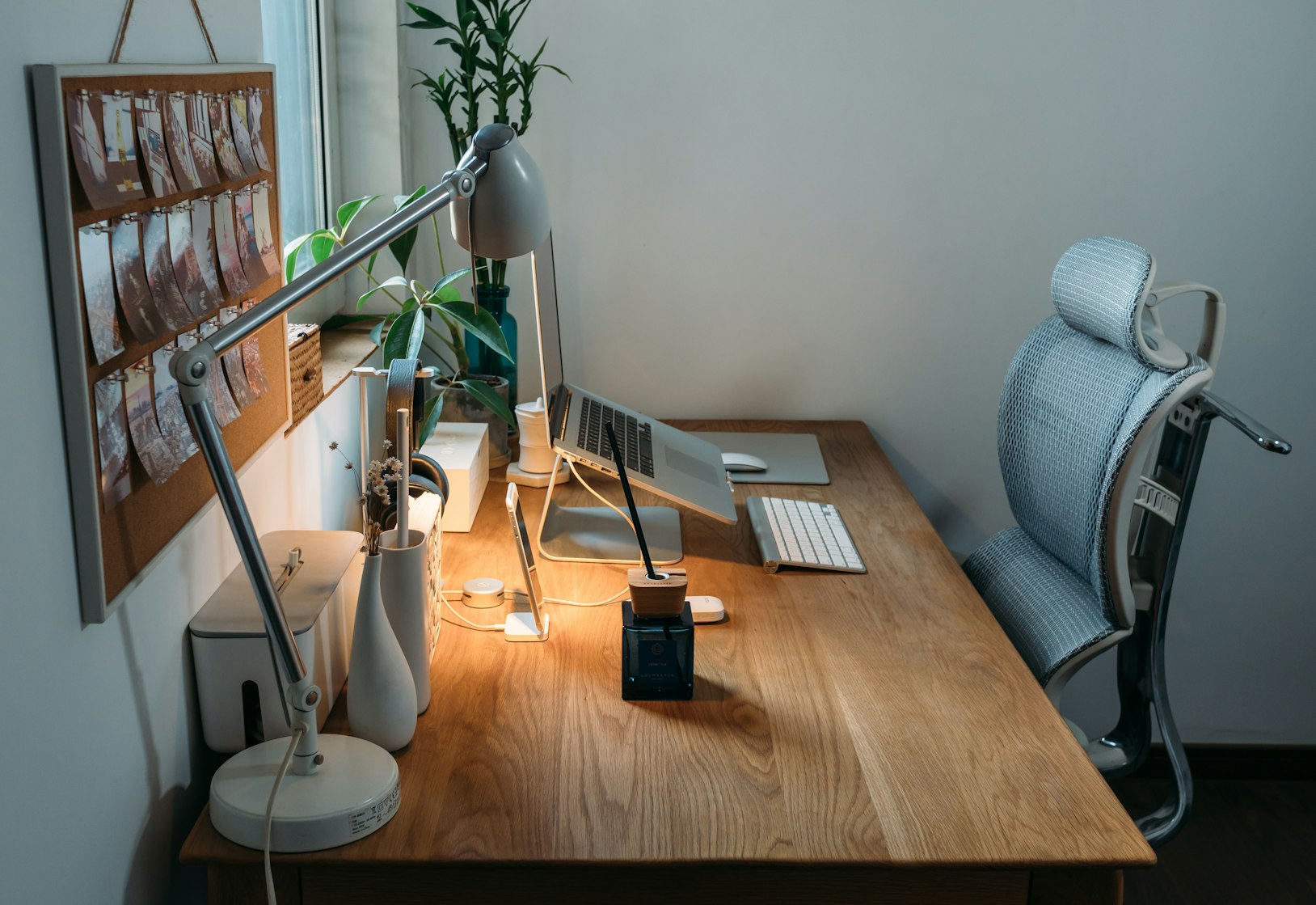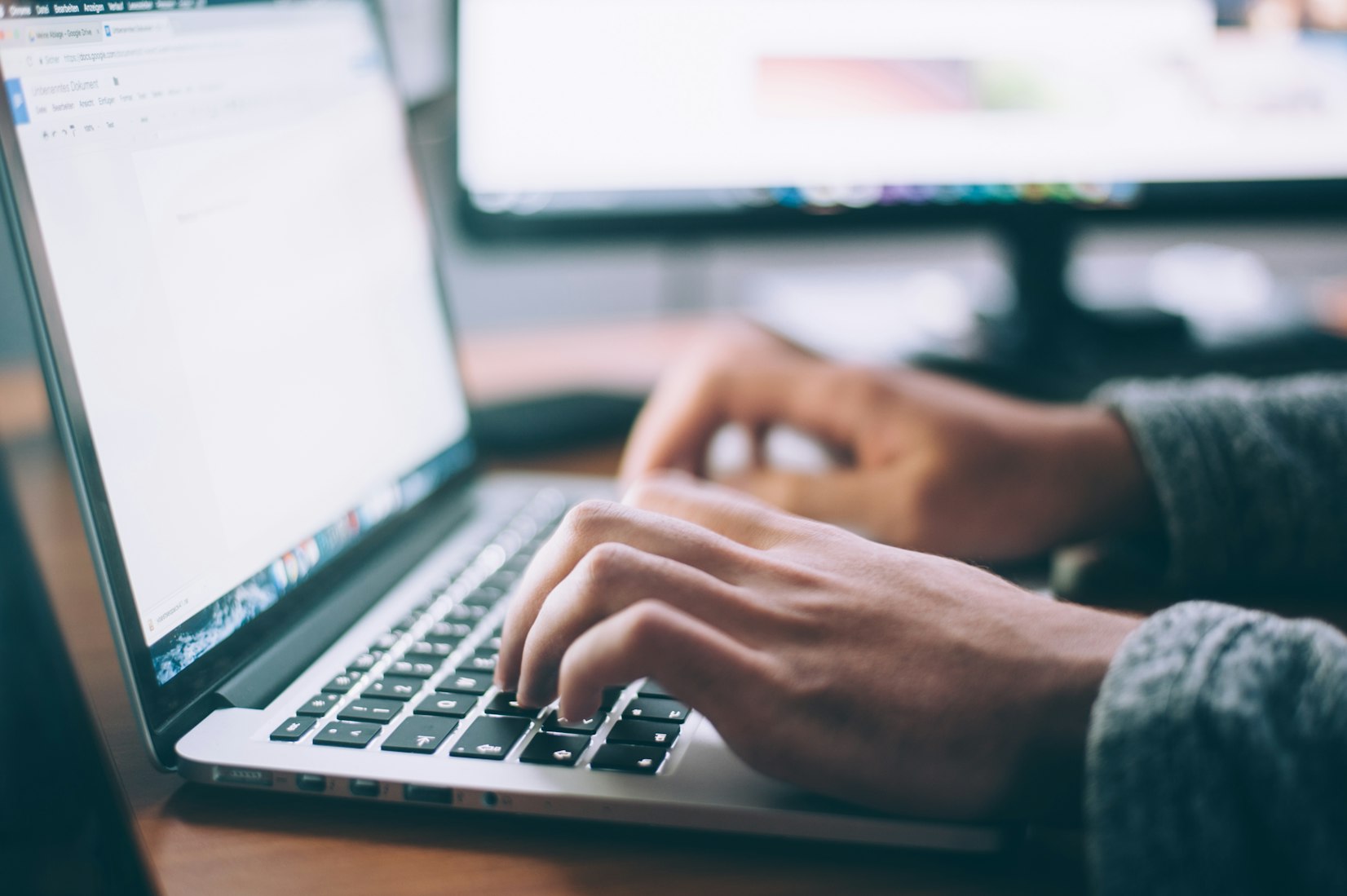
Image courtesy of Unsplash
If you’ve spent any long period of time sitting at a desk, you know that it can get uncomfortable. If you add the fact that you are using a device like a laptop or a tablet, it can get even more uncomfortable the longer you stick with it.
Ergonomics is the study and design of efficient working environments and is even more important than ever in this period of online learning. Here are 4 top tips for thinking about ergonomics in your online learning space:
- Establish a good working space! According to the University of Illinois, this includes creating a specific space for learning, minimizing distractions, and ensuring you have all the tools that you might need ahead of time.
- Good posture is important! Believe it or not, there have been numerous studies around the appropriate posture when using a computer or tablet. The University of Michigan’s Department of Health has compiled a list of things to remember when it comes to using your computer for long periods of time.
- If you feel yourself getting sore, move! At school, students are almost never sitting, without moving, for very long. Whether it’s getting up to change activities or just getting up to borrow a pencil, students are constantly moving. Make sure your online learning environment is similar. Take brain breaks or get up to do some simple stretches. It will help your body and mind!
- Don’t forget about your eyes! The State University of New York College of Opthalmology states that the short-term effects of digital eye strain are tired and dry eyes. Some users might also experience headaches. To help fight this, the 20-20-20 rule can help: every 20 minutes (or so) take a break and look at something 20 feet away (or so) for 20 seconds (or so). This is also a good time to stretch your neck and shoulders. They also state that no long-term effects of digital eye strain have been identified so far.
Please make sure to look after yourselves!


 In addition to installing the app, you will also need to create an account. We recommend using your school email address. You can
In addition to installing the app, you will also need to create an account. We recommend using your school email address. You can 

Recent Comments